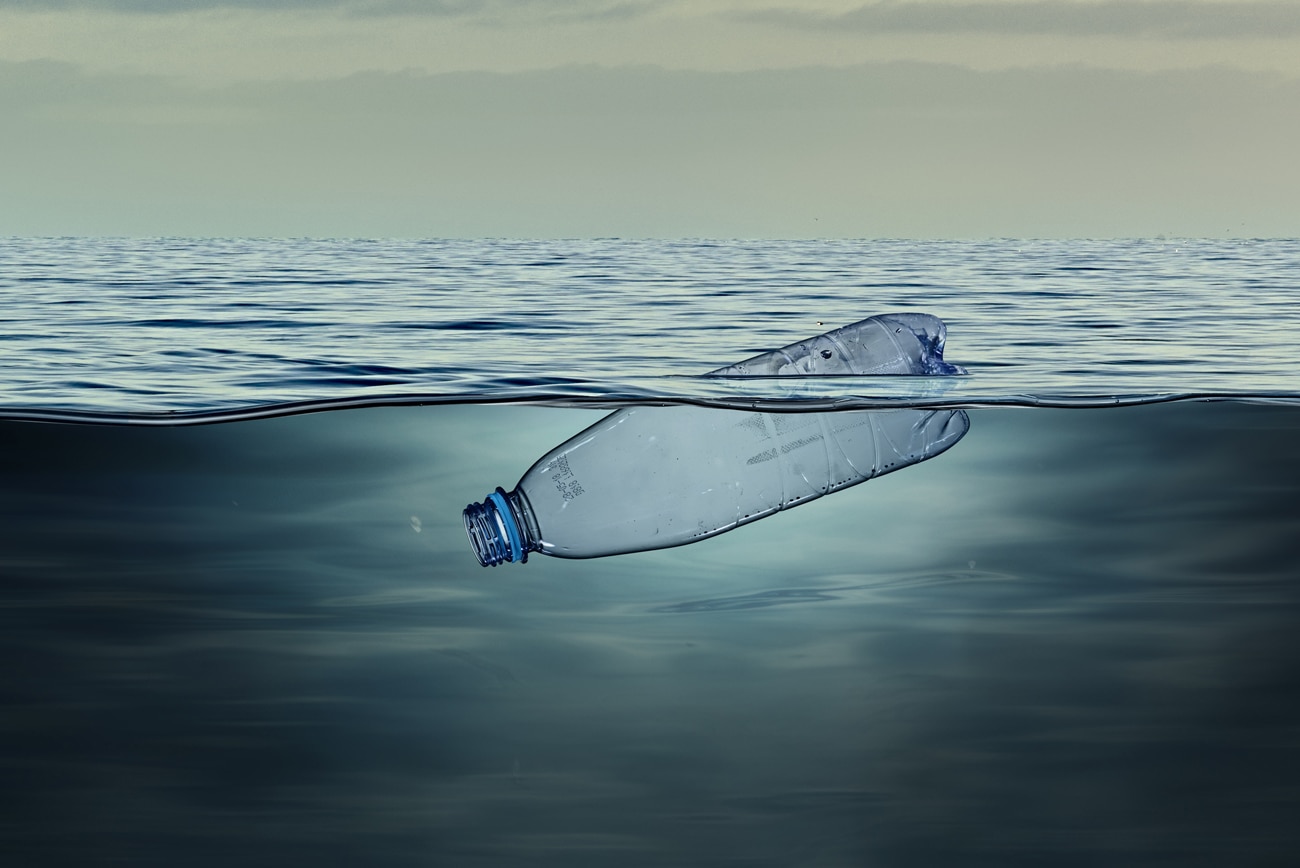The Opportunity Project Helps Create Tools and Solutions to Environmental Challenges
The Opportunity Project (TOP) is celebrating its fifth anniversary this year with four tech development “sprints’’ running simultaneously to address challenges in the natural and built environment.
Former Federal Chief Information Officer Suzette Kent called the innovation program, led by the U.S. Census Bureau, “one of the most important accelerators in federal government.”
TOP is a key component of the Federal Data Strategy and the President’s Management Agenda, championed by Deputy Secretary of Commerce Karen Dunn Kelley.
More than 35 tech teams are set to launch their products/digital solutions at our upcoming first-ever virtual Demo Week celebrating TOP’s five-year anniversary, including companies, universities, civic tech brigades, and more.
Through 12-week technology development sprints — a method to rapidly prototype digital products — government, technology and community collaborators team up to create digital products that use federal open data. The goal is to serve the public and solve some of our nation’s greatest challenges.
These sprints focus on far-ranging topics such as the natural environment, the built environment, a first-ever cohort of university student participants, and the inaugural implementation of The Opportunity Project’s TOPx Toolkit, piloted by the Department of State.
Challenges TOP Tackled This Year
- Reducing Plastic Pollution in Oceans
- Helping the Public Understand the Effects of Transportation Emissions on Local Air Quality
- Enabling Aerial and Geospatial Data to Aid Agricultural Decision-Making
- Developing Effective and Efficient Markets for Recycled Materials
- Tracking the Impact of Emergency and Disaster Funding
- Assisting Recently Resettled Refugees
- Paving a Path to Economic Self-Sufficiency for Low Income Families
- Facilitating Sustainable Rural Economic Development
- Reimagining Civics Education for a New Generation
This year’s efforts were co-led by the U.S. departments of State, Agriculture and Housing and Urban Development), the Environmental Protection Agency (EPA), the White House Office of Management and Budget (OMB), the Wilson Center, and USA for UNHCR (the UN Refugee Agency).
More than 35 tech teams are set to launch their products/digital solutions at our upcoming first-ever virtual Demo Week celebrating TOP’s five-year anniversary, including companies, universities, civic tech brigades, and more.
What are Some of the Products Being Developed?
Esri, a pioneer in the world of GIS since 1969, has used data from the EPA, INTERPOL (International Criminal Police Organization), the Citizen Science portal and multiple national and international specialists to build an Esri Story Map.
This interactive online narrative compiles tangible and novel data sets to energize public consciousness and provide new insights into the problem of ocean plastic pollution. It offers actions citizens and policymakers worldwide can take to solve the crisis.
Rutgers University’s Innovation, Design, and Entrepreneurship Academy (IDEA). A participant in the first-ever university sprint, IDEA has built ‘Better Air, Better Schools’ — a website that uses EPA School Bus Rebate Program data to help teach students ages 7-10 about air pollution. The site demonstrates what students can do to reduce the harmful effects of idling and diesel emissions.
OPS1. a technology company dedicated to evolving organizational software, used federal open data, user advocate knowledge, and subject matter expertise to build the cloud-based EnVision application to help low-income families assess their strengths and weaknesses.
The app helps them identify support resources (service providers, mentors and coaches), set goals, create roadmaps, set up prompts to stay on track, and gain tangible rewards for increasing their economic self-sufficiency.
Center on Rural Innovation (CORI). CORI is a nonprofit dedicated to achieving economic success in rural America through partnership and strategy development. It used data from several sources including the Department of Education College Scorecard, Bureau of Labor Statistics, Bureau of Economic Analysis, and Census Bureau to build the Tech Talent tool.
The tool allows local development leaders and ecosystem builders to easily identify tech talent and employment in small communities.
These products created by technology teams are a small sample of the more than 35 tools that have been created through this innovative collaboration of federal agencies, tech leaders, nonprofits and advocacy groups from communities most affected by these challenges.
To date, more than 1,500 individuals, 30+ federal agencies, and hundreds of organizations have participated in The Opportunity Project, leading to more than 140 new open data digital tools, including apps, websites, mapping tools, data visualizations, games and more.
Want to see more?
Join us as we celebrate The Opportunity Project’s five-year anniversary at our first-ever virtual Demo Week!
When: December 9-11, 2020
Where: Virtual
RSVP: See the event schedule and build your own agenda here!
Want to get involved?
Sign up for emails to stay in the loop and learn more about upcoming sprints in 2021.
The Census Open Innovation Labs looks forward to connecting with you today through our contact form.
Related Statistics
Stats for Stories
Stats for Stories
Stats for Stories
Subscribe
Our email newsletter is sent out on the day we publish a story. Get an alert directly in your inbox to read, share and blog about our newest stories.
Contact our Public Information Office for media inquiries or interviews.






